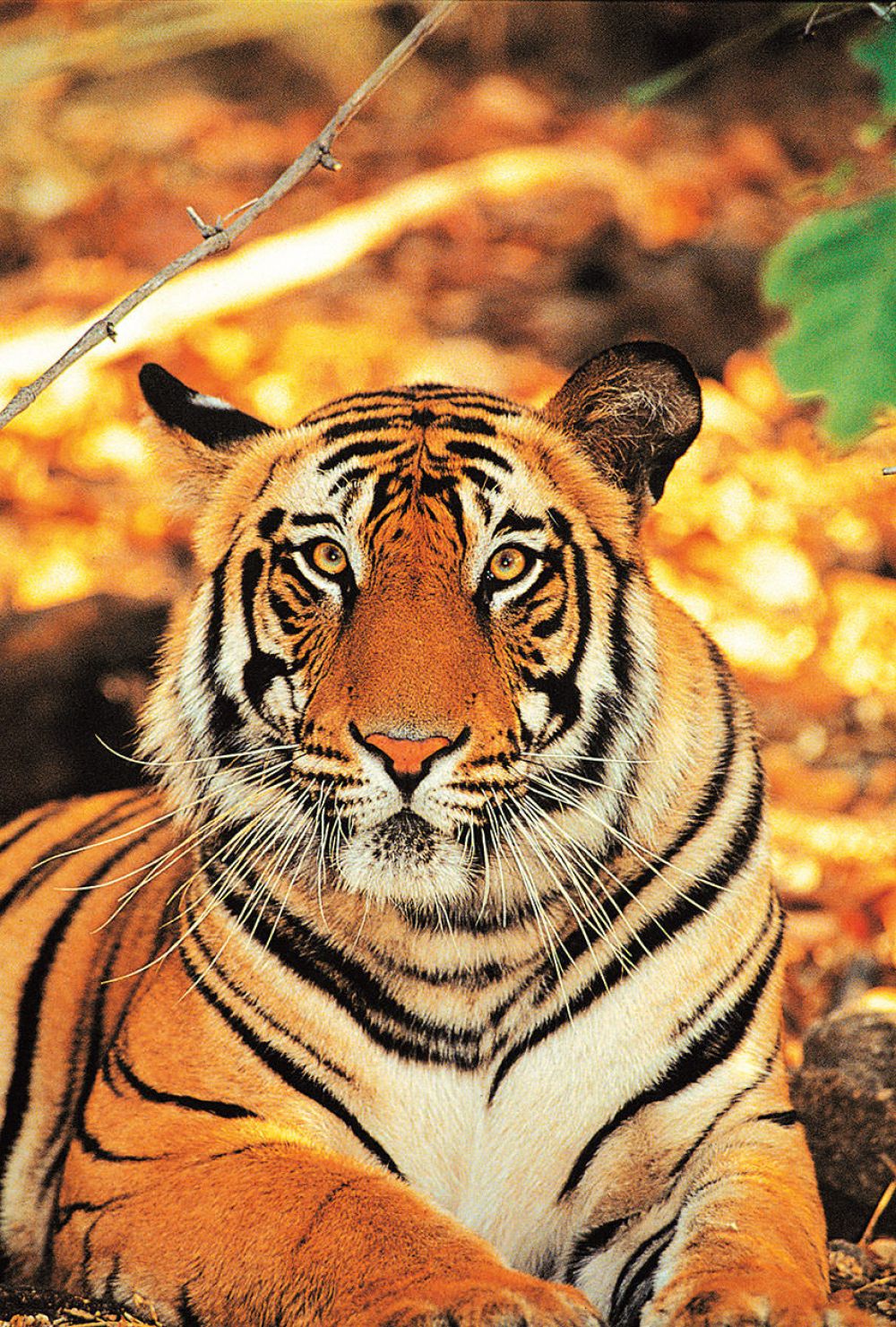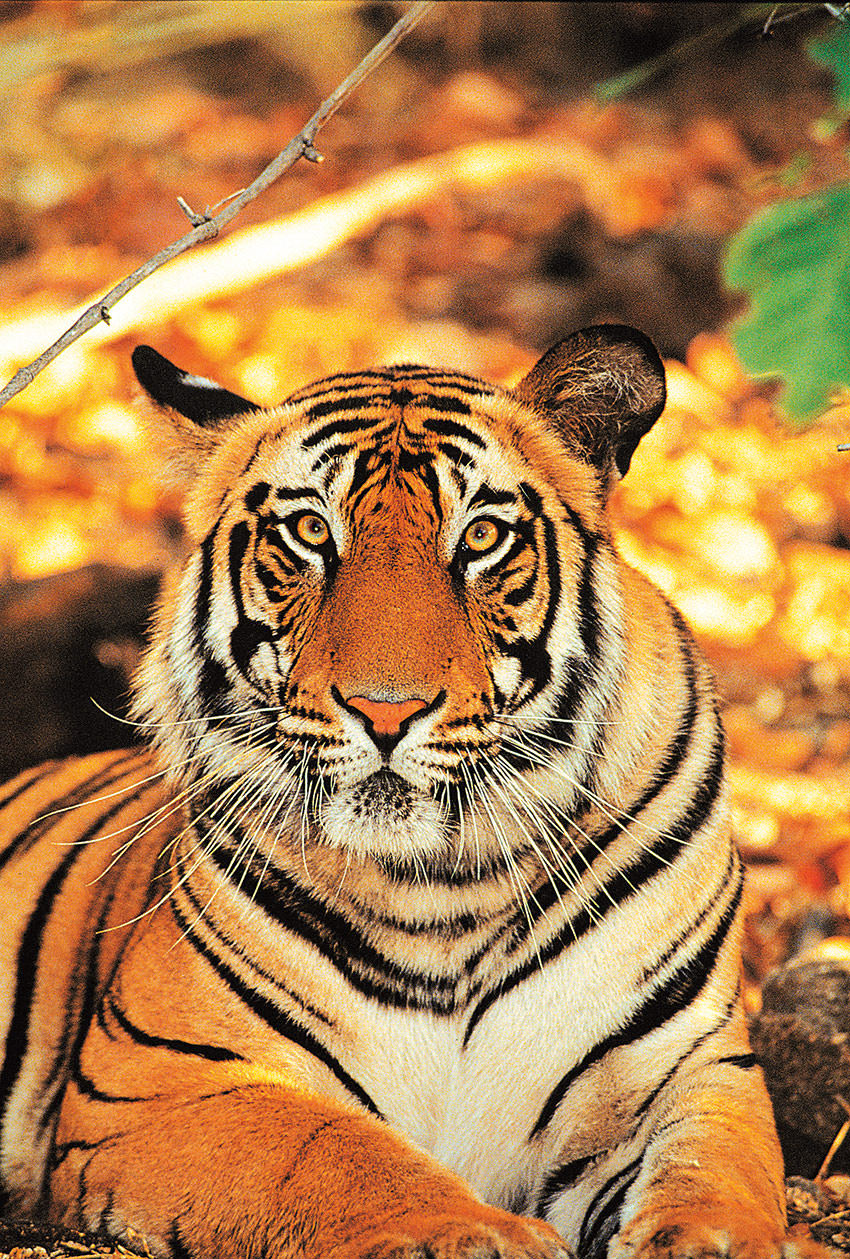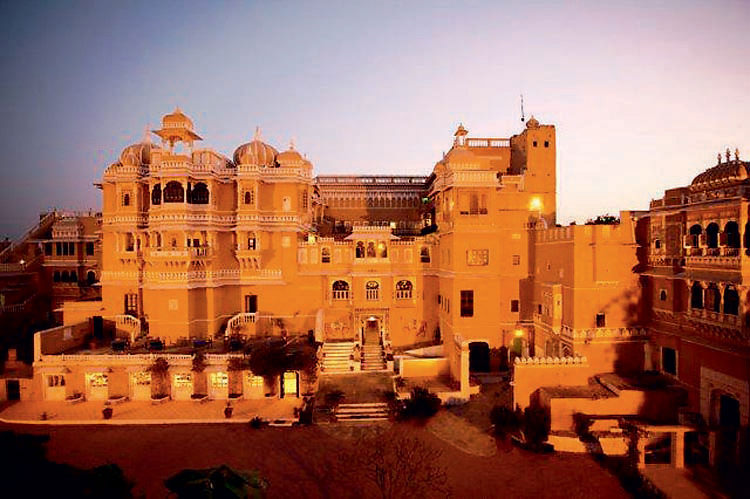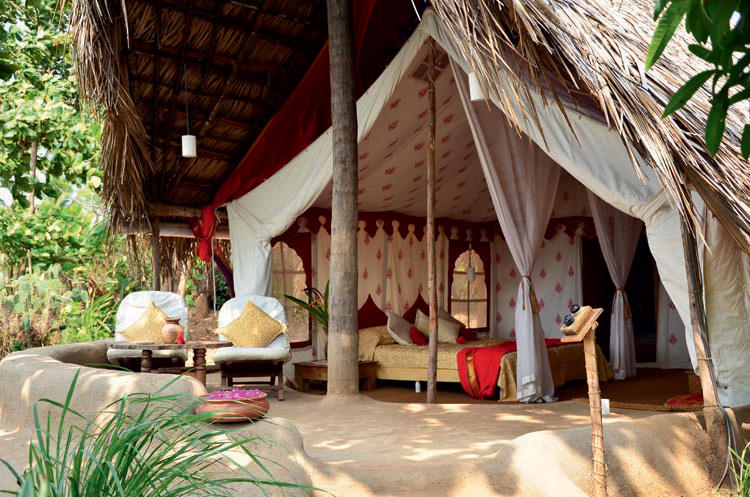Tigers and Wildlife Madhya Pradesh, Assam & Gujarat
Ever since the publication of Rudyard Kipling’s The Jungle Book, entire generations have grown up with fantasies of tiger-spotting in the Indian bush. While a few decades ago, the future of India’s tiger population was in question, in recent years – thanks to stricter regulations and conservation schemes like Project Tiger – they are on the up, so there’s no better time to head out on a safari.
The abundant forests of Madhya Pradesh (one of India’s greenest states) make up the core of tiger country. Bandhavgarh National Park is the best place to head if you’re short on time – within its 450sq km it has the country’s highest density of tigers, so your chances of spotting them are good. You also might see leopards, wild dogs, deer, and a smattering of 250 different species of birds. Inside the park, you’ll find an ancient fort, built 800 metres up on a clifftop, with a fascinating temple and cave shrines carved from rock.
Kanha and Pench national parks are also found in Madhya Pradesh. Kanha is often named as one of the country’s best for game – it’s no accident that this, the former hunting ground of the British viceroys, was the setting for Kipling’s iconic book. Explore the forests, streams and grassy hills with your guide. Aside from being a top park for tiger-viewing, this 1,954sq km green space boasts pythons, leopards, gaurs (Indian bison), hyenas and sloth bears.
A day in the bush doesn’t have to mean roughing it, however. AndBeyond run several luxurious camps in Bandhavgarh, Kanha and Pench, while in Ranthambore, India’s first tiger reserve, Relais & Châteaux property Sher Bagh operates its own expert safaris. You’ll be able to sleep in spacious white tents, decked out with modcons, spend time chattering around the roaring bonfire, and dine on food made from the hotel’s own vegetable garden.
There are more than tigers prowling around India, and if wildlife is your thing there are plenty of other hot spots worth visiting, such as Kaziranga National Park, which occupies the banks of the Brahmaputra River in Assam. Home to the Indian one-horned rhino, its vast swamps and grasslands play host to herds of wild buffalo, elephants, gibbons, and the almost-extinct Bengal florican, a sleek and long-necked bird with a spotted plumage. Meanwhile, Gir National Park in Gujarat, in India’s extreme west, is lion territory, as well as the stomping ground of crocodiles.







